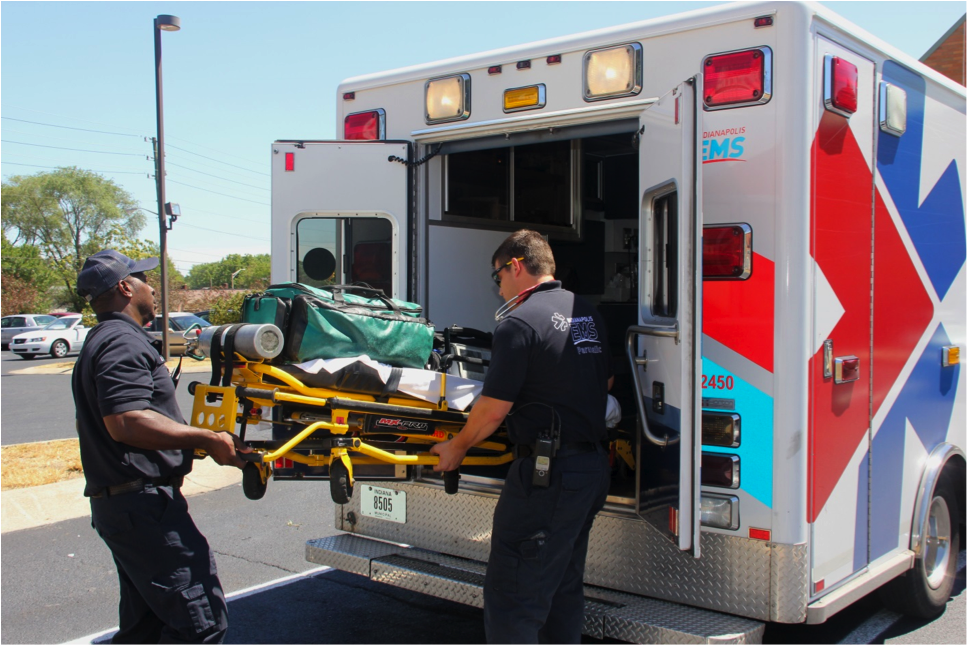All EMS providers must learn now to test and diagnose emergency trauma as part of their training. EMS providers can encounter everything from chest pain to amputations to snake bites, when responding to an emergency. There are specific steps or protocols that must be taken to quickly and effectively handle these situations and the safety of the patient. Diagnosing an emergency trauma requires the following knowledge and skills.
1. The first criteria an EMS professional learns is known by the acronym AVPU.
This acronym stands for Alert, Verbal, Painful and Unresponsive. The EMS provider must check to see if a patient is alert or conscious. They also must assess whether the patient is responsive to verbal stimuli. How does the patient react to painful stimuli? Is the patient completely unresponsive? It is obviously easier to assess the patient’s condition when they are alert and conscious. Information about their chief complaint, associated symptoms, the time and duration of the trauma, past medical history and allergy and current medications and name of their primary physician can be obtained. If the patient is unconscious, EMS personnel must check their response to painful stimuli such as pinching or pricking to see how they will respond.
2. The EMS worker must check the patient’s vital signs.
An important part of diagnosing emergency trauma involves checking the patient’s vital signs. The first vital sign to check for is respiration. If the patient is having difficulty breathing, immediate steps must be taking to administer oxygen or remove an airway obstruction. The next vital sign to take is their pulse, to evaluate whether the heart is beating and how many beats per minute. If it is not beating, the EMT must immediately resuscitate the heart either with CPR or by using a defibrillator. The patient’s skin color, temperature, blood pressure must also be diagnosed to determine the patient’s condition. The EMS professional must observe the patient’s eyes to see how their pupils react when a penlight is shone into them.
3. In the event of injuries EMS providers must take several steps to determine the level of trauma.
EMS must check for neck pain, and stabilize both the spine and neck to avoid further injury. If there is trauma such as bone fractures, lacerations, burns and punctures, EMS must also diagnosis whether there is trauma to internal organs.
4. Documentation of all information gathered at the scene is critical.
The EMS provider must document patient responses, and record any observations and testing that they undertake. Once a diagnosis has been made, then proper assistance can be given to help the patient.
Medtrust Medical transport provides emergent and non-emergent ambulance services. We support patients and their families in Charleston, Myrtle Beach, and Georgetown, South Carolina with expertly trained EMT personnel and a fleet of fully-equipped ambulances. Our goal is to provide compassionate and timely patient care.
Source: EMS1.com, Patient guide on how to test and diagnose emergency trauma

